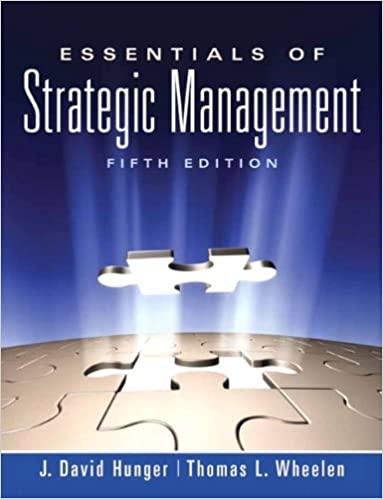Question
Robots may not always deliver the benefits they promise. Fletcher (2018) describes the experience of an animal charity in San Francisco that had security problems
Robots may not always deliver the benefits they promise. Fletcher (2018) describes the experience of an animal charity in San Francisco that had security problems with break ins, vandalism, and local drug users who made staff and visitors feel unsafe. They employed a 1.5-meter tall Knightscope security robot. The robot patrolled nearby car parks and alleyways, taking video recordings and saying "hello" to passersby; however, it was accused of harassinghomeless people. Calls for retribution appeared on social media, and the charity suffered more vandalism. The robot was regularly tipped over and actually suffered vandalism itself. Robots with artificial intelligence routinely provide care for children and the elderly. They work in hospitals, perform surgery, and play a range of analytical roles in offices. But Fletcher sees the spread of workplace robots as a major challenge.
Consider the following questions, provide responses, and then discuss your colleagues' responses in this week's discussion.
- How far are we willing to, or should we at all, let robots into the workplace?
- What kinds of roles are acceptable for robots and which are not?
- Most importantly, who sets the rules for howrobots behave and how they decide on priorities when interacting with people?
Please provide references
Step by Step Solution
There are 3 Steps involved in it
Step: 1

Get Instant Access to Expert-Tailored Solutions
See step-by-step solutions with expert insights and AI powered tools for academic success
Step: 2

Step: 3

Ace Your Homework with AI
Get the answers you need in no time with our AI-driven, step-by-step assistance
Get Started


